
In April 2025, researchers officially named the Gravel Pygmy Gecko (Goggia sabula) in South Africa’s Northern Cape. The small gecko, which reaches only 5.5 cm in height, is colored beautifully and was first seen in December 2020. Giving it a name took nearly five years, but even that is quick. On average, new species take 21 years to be scientifically named. This delay is one of the problems known as the “taxonomic impediment,” whereby scientists find more species than they can describe. In 2011, only 14% of an estimated 8–8.7 million species globally had been identified, and many animals were still unknown to science.
The Gravel Pygmy Gecko
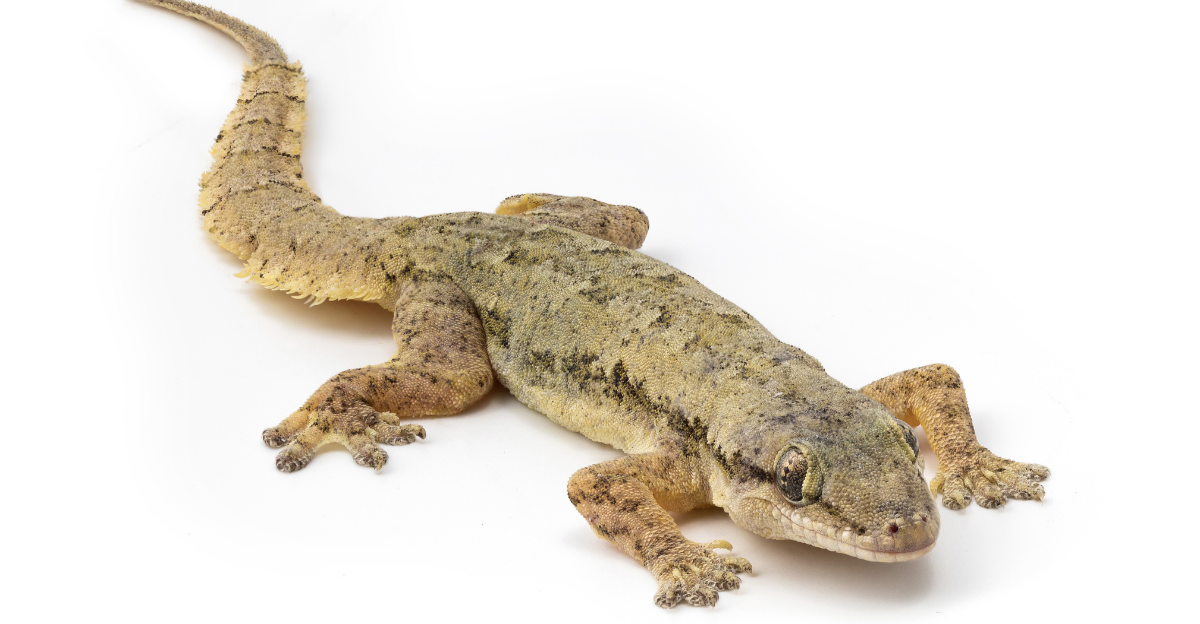
The Gravel Pygmy Gecko (Goggia sabula) represents the journey from discovery to description. When researcher Courtney Hundermark first spotted this distinctive creature in December 2020, he immediately recognized it differed from known species in the area. Nine months later, he returned with colleague Luke Kemp, enduring biting colds to document six additional specimens.
Four years of meticulous research followed, including genetic analyses, morphological comparisons, and geographic information assessments. The research team confirmed that despite physical similarities, it was genetically distinct from its closest relatives—the Richtersveld, Cryptic, Matzikama, and Namaqua Pygmy Geckos.
Science’s Hidden Crisis

The “taxonomic impediment” is a serious scientific issue initially recognized by governments through the Convention on Biological Diversity. It suggests that we lack data on all the species in the world, have insufficient specialists (taxonomists) to study them, and have limited support available for such a purpose.
Most specialists work in developed countries, but most new species are in poorer tropical areas. This creates a gap between the knowledge available and the knowledge needed. Furthermore, identification guides for non-experts are scarce. As IUCN’s James McCulloch suggests, most species become extinct before scientists discover them.
21 Years From Discovery to Description

Despite specimens being readily available in collections, the timeline from initial specimen collection to formal species description takes an astonishing 21 years on average. The taxonomy process also takes time: researchers must visit collection sites more than once throughout different seasons, screen specimens against previously collected specimens, conduct genetic analyses, and read extensively from scientific literature.
After gathering the evidence, researchers may spend years formally describing the species, reviewing the findings, and publishing the results, as one researcher has phrased it: “Knowing it’s an undescribed species isn’t enough. We have to gather information to convince other people.”
Cryptic Species
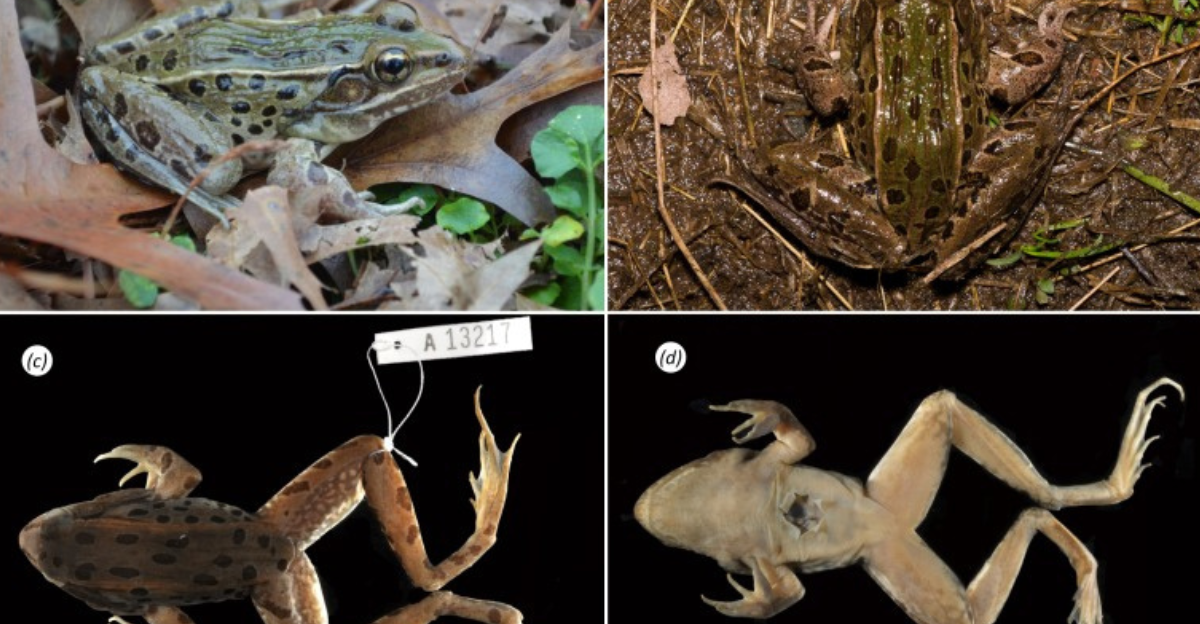
One of the toughest species to classify is termed “cryptic species.” These animals look similar at first glance, yet they are different species if genetically probed. They can only be identified using genetic, chemical, or behavioral testing. In 2019, it was discovered that South Africa’s Pondo flat gecko comprises a minimum of four cryptic species that evolved millions of years ago. The Tokay Gecko is also problematic as it looks similar to other animals. Because of that, taxonomy now has to depend on DNA testing, making the job time-consuming, expensive, and more difficult.
Why Description Takes Time

The declaration of a new species requires the achievement of solid evidence to convince the scientific community. As explained by one taxonomist of plants, “First, or maybe our best excuse, is that knowing it’s an undescribed species isn’t sufficient. We must obtain information to convince other individuals.” It includes going back to the collection points several times to observe different life phases and comparing large-scale specimens in the museum.
Researchers cross-match old accounts to confirm no one has described the species before conducting genetic analysis and laborious anatomical observations. In the Venezuelan gecko Pseudogonatodes fuscofortunatus, scientists used visual checks, DNA tests, and detailed CT scans to confirm its unique traits, including unusual bones.
The Expert Shortage

The world has a severe shortage of taxonomic experts capable of describing and naming new species. Even though tropical developing countries contain most biodiversity, taxonomists in industrialized countries study most species. As a result, there is a mismatch between where the experts are and where most new species are.
The situation worsens because many universities are dropping traditional taxonomic training and focusing more on experimental ecology. There are no experts on most invertebrates and microbes. Collected specimens sit in museums for decades without being properly studied or named.
Funding Biases in Species Conservation
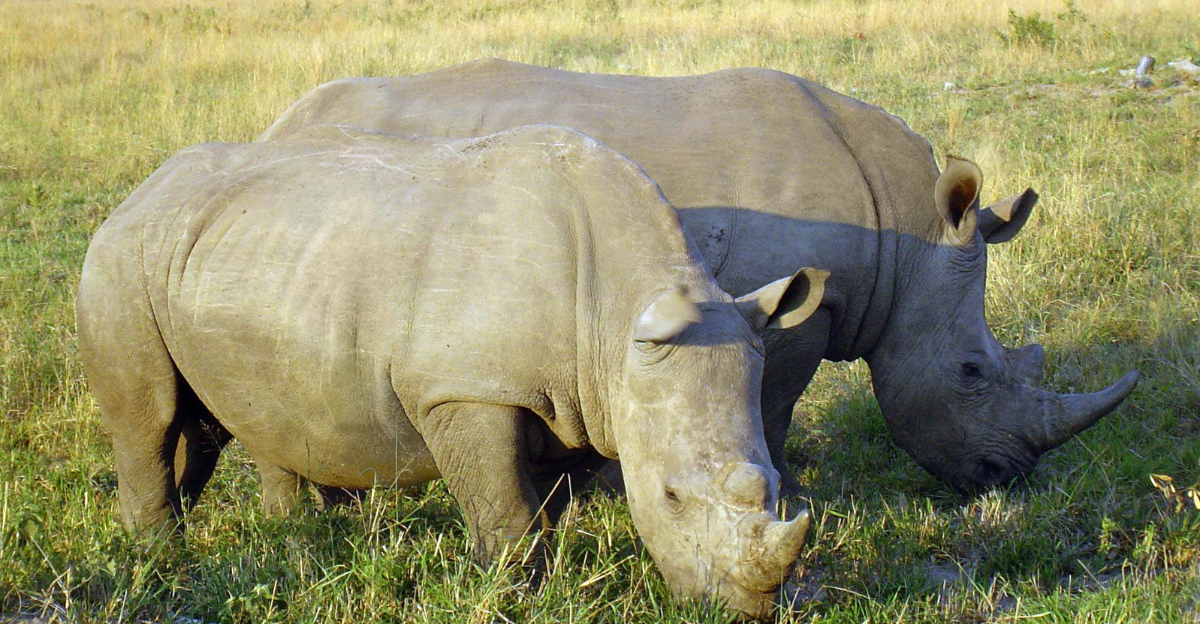
Researchers surveyed nearly 14,600 nature conservation projects over 25 years and found that funding disproportionately favored a few types of animals. They directed most of the money toward large mammals, while the most endangered species received little support. Surprisingly, as few as 29% of funds went to animals that do not even qualify for the status of being threatened at all, with a mere 6% for animals officially ranked as at risk. As a result, a cycle has formed where familiar species receive more funds and research, resulting in more discoveries.
The Conservation Dilemma
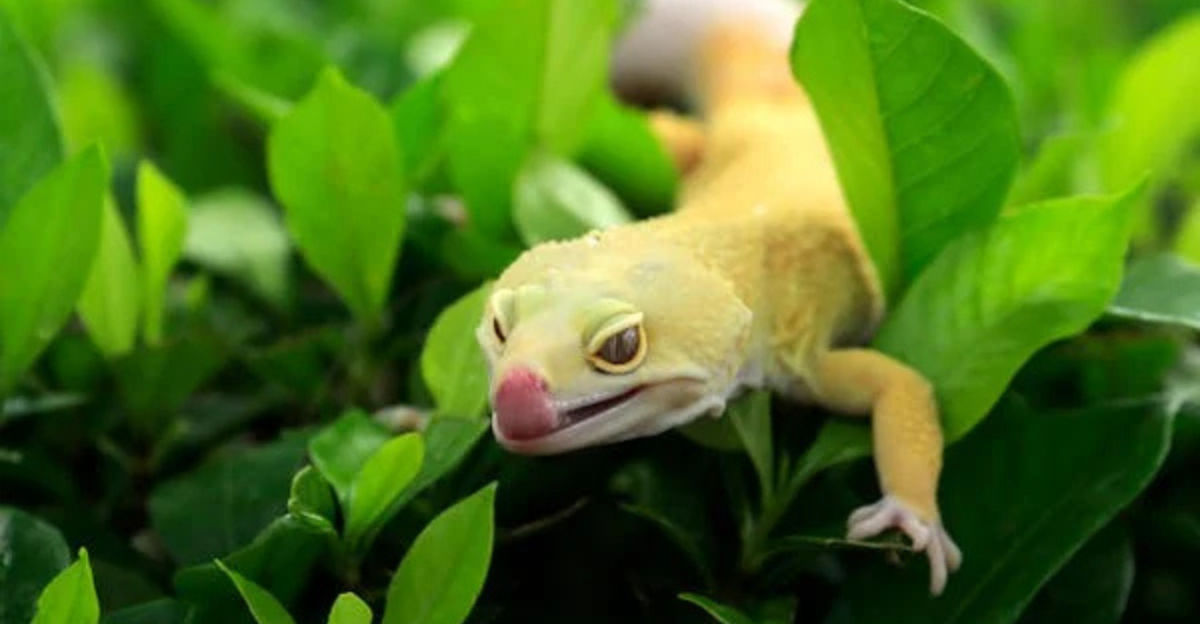
Undescribed species are more at risk of extinction because they are still unknown to science and therefore not included in conservation efforts. It is a sad reality of affairs when the species that most need protection receive none. The Gravel Pygmy Gecko, found only in a small area of South Africa, and newly discovered geckos in Nepal, living in fragile mountain habitats, are examples.
Cryptic species like those in the Pondo flat gecko group are more endangered than hitherto estimated due to their limited distributions. Conservationists point out the necessity of saving forest corridors and habitats to maintain these endangered, commonly overlooked species.
Accelerating Discovery
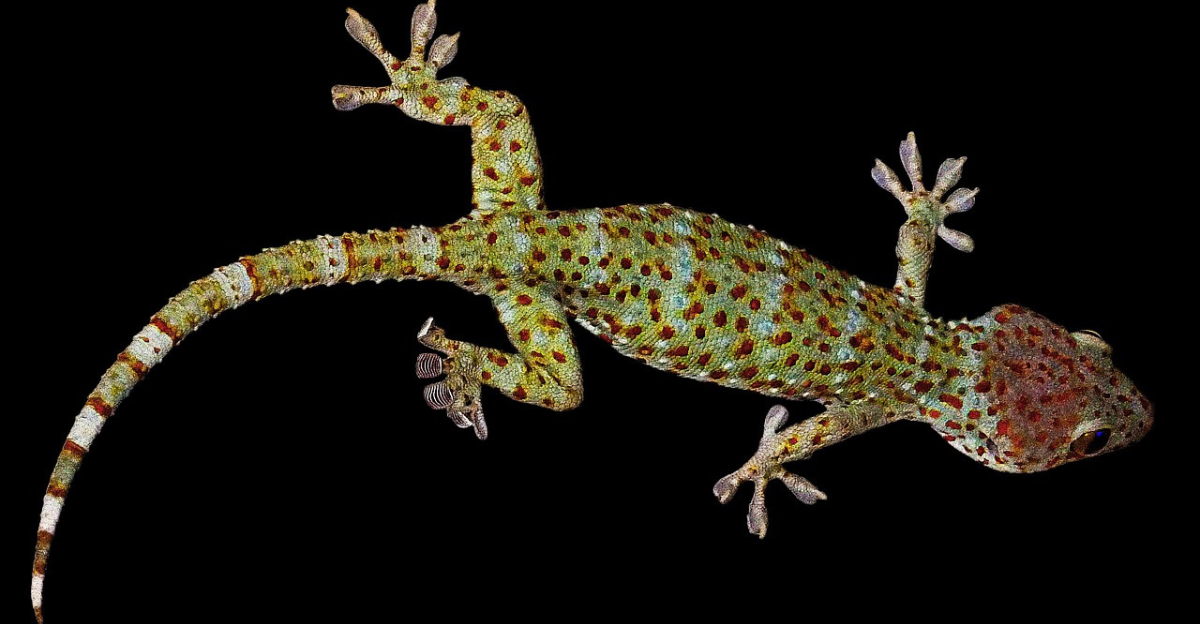
Undescribed species face a higher risk of extinction because scientists have not yet discovered them, and conservation programs exclude them. Ironically, the neediest species are often those that receive no help. The South African Gravel Pygmy Gecko and Nepalese new geckos, found in endangered mountain habitats, are just a few examples.
Hidden species, such as those in the Pondo flat gecko group, are more vulnerable than initially assumed since they inhabit tiny regions. Conservationists indicate that preserving forests and natural environments can save rare and usually overlooked animals from extinction.
Explore more of our trending stories and hit Follow to keep them coming to your feed!

Don’t miss out on more stories like this! Hit the Follow button at the top of this article to stay updated with the latest news. Share your thoughts in the comments—we’d love to hear from you!







